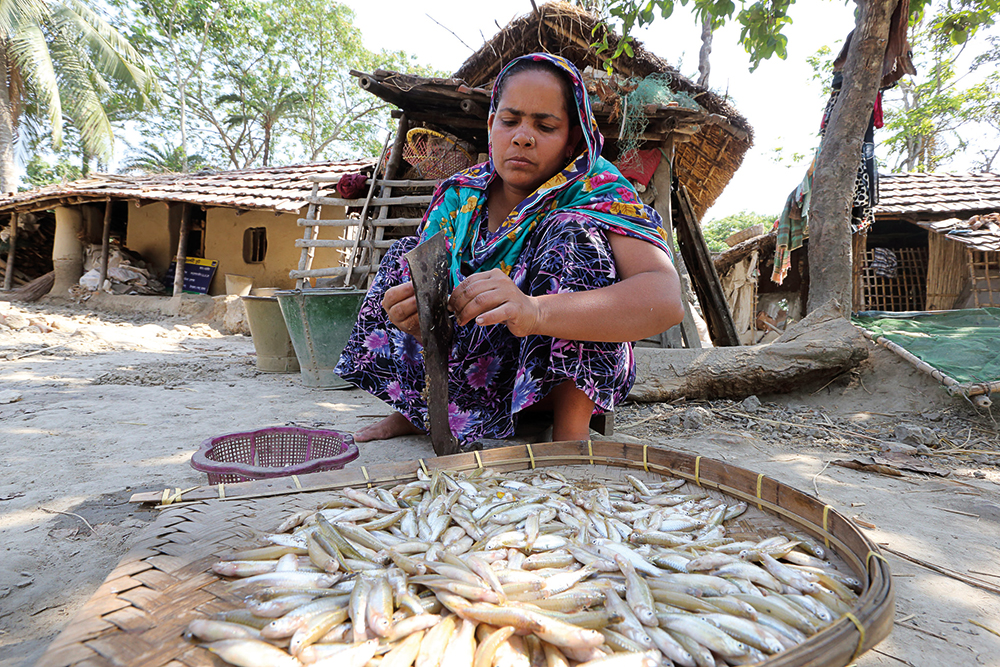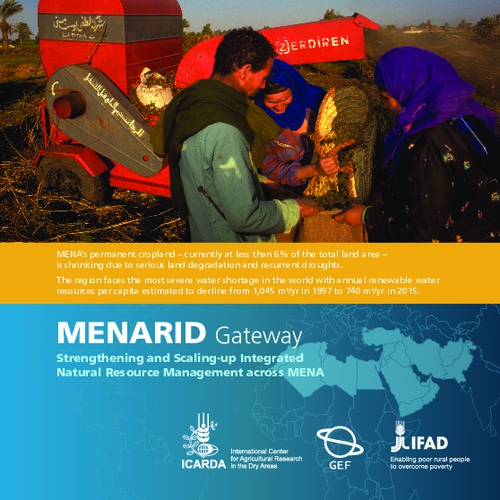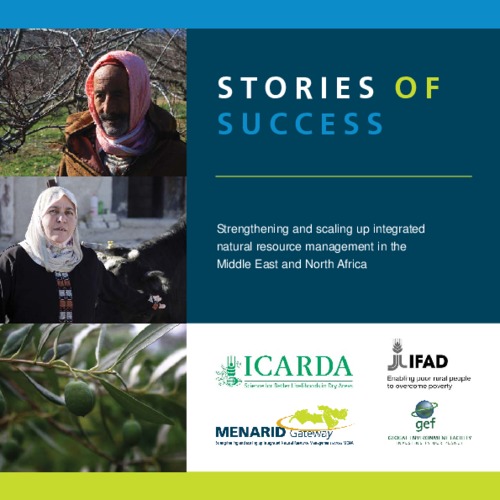Kenya Groundwater Governance Case Study
This report presents a case study on
groundwater governance in Kenya. The objectives of the study
were to: (a) describe groundwater resource and socioeconomic
settings for four selected aquifers; (b) describe governance
arrangements for groundwater management in Kenya; and (c)
identify the relevance of these arrangements for planning
and implementing climate change mitigation measures. The
report provides a comprehensive strategy to develop




